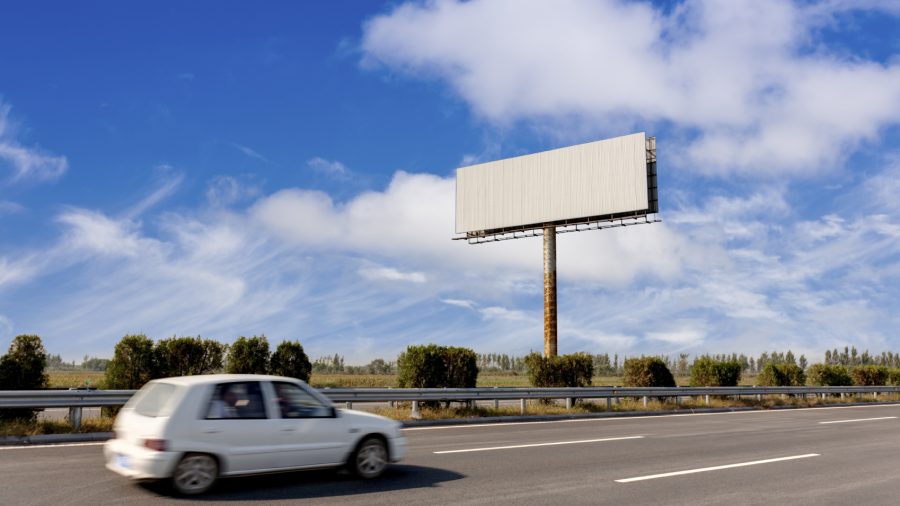If we were not influenced by car ads, the industry would not pay for them. It’s the fourth largest spender in Australia on TV advertising ($341.5 million in 2016). However, some ads walk a fine line between promoting an exciting car and encouraging speeding or reckless driving. This is where the Advertising Standards Bureau (ASB) steps in.
Code of Practice is voluntary
The Federal Chamber of Automotive Industries (FCAI) manages the Voluntary Code of Practice for Motor Vehicle Advertising Code. The code warns advertisers against making ads that show:
- Unsafe driving
- Driving above speed limits or in breach of any law
- Driving while fatigued or under the influence
- Deliberate and significant environmental damage.
The code says car ads must not show driving that breaks any road safety or traffic regulation anywhere in Australia, if it were driven that way on a road or road-related area, even if the ad shows another location.
Role of the ASB
The ASB is responsible for ensuring advertisers follow the code. The latest subject of complaint was an airborne Ford Raptor, which one reviewer described as “epic show jumping”. The ASB ruled it promotes reckless driving and speeding. ASB recently banned these ads too:
- Video of a Bentley Continental GT because it went 330kmh on the NT Stuart Highway
- Volkswagen Amarok ‘Too Powerful for TV’ ad because it overtook road trains
- Lexus LC500 commercial because it showed the rear wheels spinning momentarily
- Battery-powered BMWi3 because it created smoke and spun its wheels.
In some cases, companies choose to modify the existing ad. It’s not always easy to spot a potentially offending ad.
For example, one reviewer described Supercheap Auto’s Welcome to Octane Island as “every revhead’s idea of car porn”. Filmed in the US, Australia and Japan, it used a dozen 1,200 horsepower cars, 40 sets of tyres and “plenty of attitude”. This ad was not banned.
FCAI has not reviewed the code for 5 years and said it would do so at some point. Reviewers in 2013 found advertisers were complying with the code.
Manufacturers advertise cars in the way cigarettes once were, promoting sex appeal, cool and freedom. They often focus on the sheer joy of driving, on empty streets or out in vast, empty nature.
But these are not the usual conditions of driving. Perhaps car ads create unreasonable expectations and even road rage – we want to be the only car on the road!
Is car use a health hazard?
Around 1,300 people die and 32,000 are seriously injured in vehicle accidents each year, especially young people. But University of Melbourne researchers said motor vehicle pollution causes so many early deaths that car use, not car accidents, kills more people.
Car pollution kills more people than cigarettes. Benzene, a well-known carcinogen also found in cigarettes, is found in petrol fume build-up inside cars. Nitrous oxide from diesel vehicles builds up in cities. It’s an interesting perspective – and many cities are already acting to reduce vehicle pollution.
Next time you see a car ad, ask yourself exactly how it affects your thinking about cars, or driving. Ads are not supposed to promote anything that might jeopardise road safety. And they won’t remind you to get a green slip either.


your opinion matters: